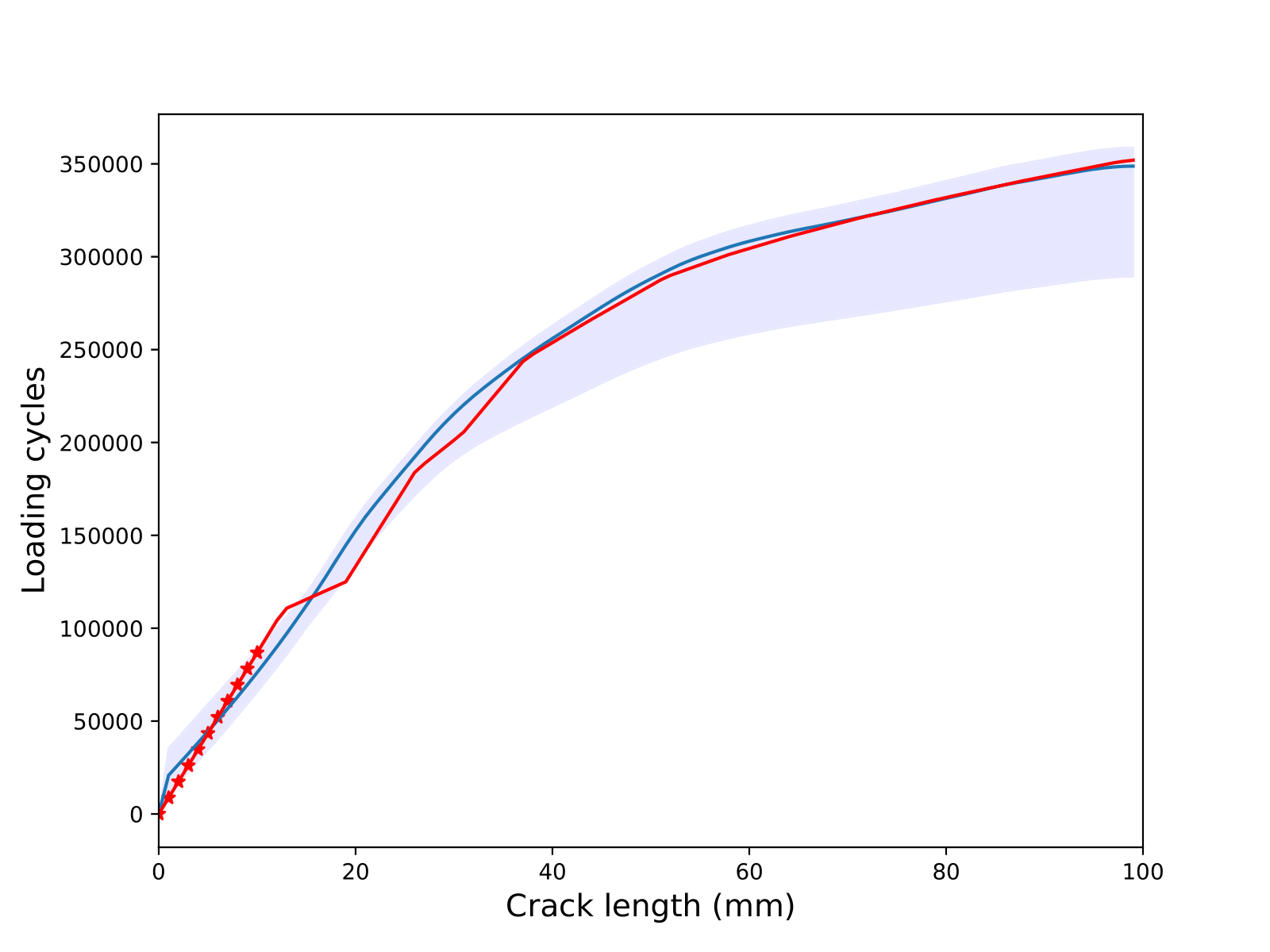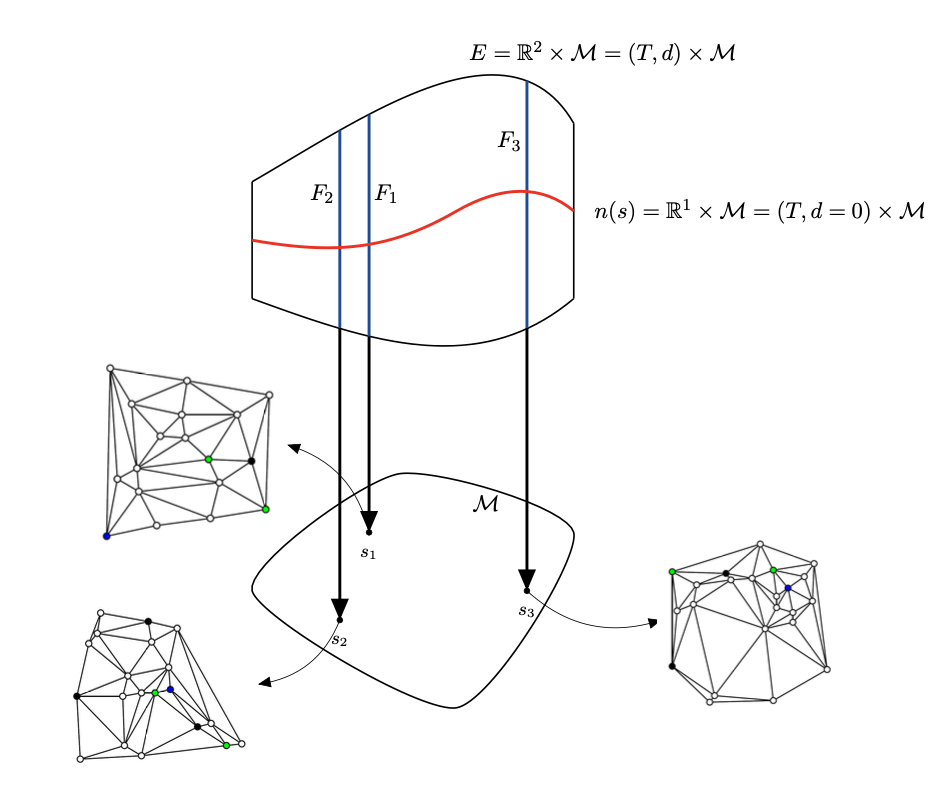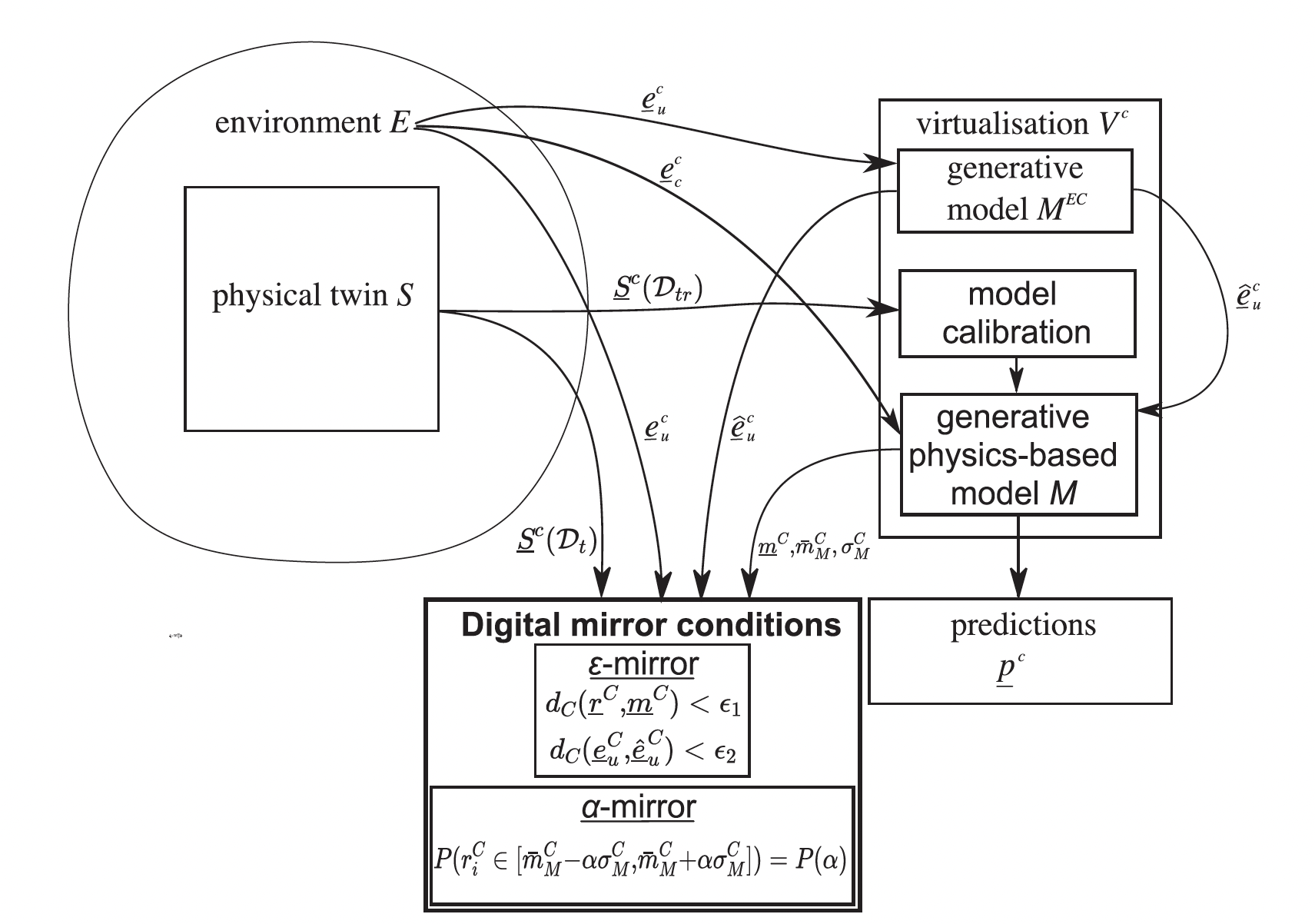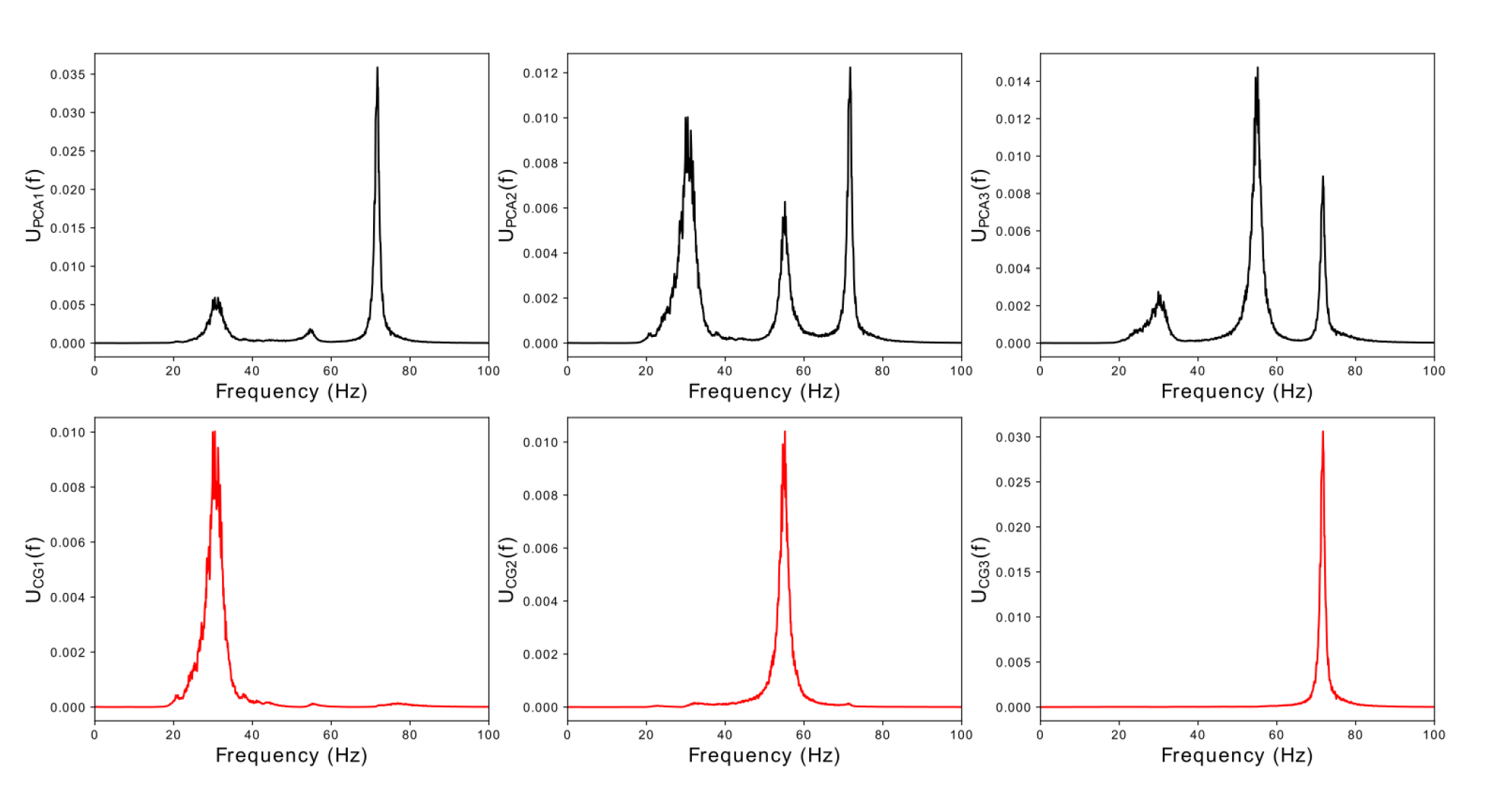George Tsialiamanis

Hi :-) I am a Lecturer at the Mechanical Engineering Department of the University of Sheffield. I am part of the Dynamics Research Group (DRG) and my research is focussed on developing models for structures exploiting machine-learning techniques. The problems which my research adresses are mainly about structural identification and structural health monitoring (SHM). More recently I have also been involved in the emerging field of population-based structural health monitoring (PBSHM). I am also part of the Welsh Digital Twin Network (WDTN) steering board seeking ways to implement real-world digital-twin technologies in the region of Wales in the UK aiming at solving problems of the population and improving their everyday life.
My PhD, which I did at the University of Sheffield, was part of the Marie Sklodowska-Curie Actions 2020 Innovative Training Network (ITN): “Dynamic Virtualisation: Decision Support for Virtualisation” (DyVirt)[https://www.dyvirt-etn.com/]. During my time as a PhD student, I completed two secondments, one at ETH Zurich at the Structural Mechanics and Monitoring group, and one at the Los Alamos National Laboratory (LANL), at the Engineering Institute. Before starting my job as a Lecturer at the University of Sheffield, I worked for two months at the LANL as a visiting researcher funded by the Engineering Institute.
After completing my PhD. I went on working as a postdoc at the same group. I participated in two projects as a research as a research associate. The first project was the Digital twins for high-value engineering applications (DTHIVE), during which I participated in conducting experiments at the Laboratory of Verification and Validation (LVV) with a view to creating a digital twin of a Hawk aircraft. My second position as a research associate was at the Revolutionising Operational Safety and Economy for High-value Infrastructure using Population-based SHM (ROSEHIPS) program, which introduced the idea of PBSHM and where I participated in creating an integrated framework for performing SHM within a population of bridges, wind turbines and mast towers.
Before pursuing my PhD, I completed my MEng at the Civil Engineering school of the National Technical University of Athens. During the last year of my studies, I started working at Beta-CAE S.A. in Thessaloniki, where I developed machine-learning models for the classification of car crash-test simulation results.
news
| Jan 31, 2024 | Presentation at International Modal Analysis conference |
|---|---|
| Jan 19, 2024 | New publication! Meta--learning for damage prognosis |
| Jan 18, 2024 | Presentation for Amey Sheffield |
| Dec 6, 2023 | ROSEHIPS meeting at Cambridge |
| Oct 15, 2023 | Bike ride |
selected publications
-
 On a meta–learning population-based approach to damage prognosisMechanical Systems and Signal Processing, 2024
On a meta–learning population-based approach to damage prognosisMechanical Systems and Signal Processing, 2024



